
Design
Beyond Portland Cement
From the Lebanese Civil War in 1977 to La Biennale Architecttura 2020. A closer look into the personal lives and design philosophies of Wael Al Awar and Kenichi Teramoto, curators of National Pavilion United Arab Emirates at the 17th International Architecture Exhibition in Venice.
Words/ Yosr El Sherbiny
Alongside the dreamy streets filled with glistening skyscrapers reflecting our cities, and mirroring god like golden sunsets and midnight city lights, lies a hidden truth behind how these superb structures came to life. We’ve shaped our environment with picturesque and postcard worthy skylines but we’ve also tarnished it with our choice of building materials and standard construction processes.
Alongside the National Pavilion UAE – La Biennale di Venezia, Wael Al Awar and Kenichi Teramoto are two architects and curators determined to raise awareness about the uprising critical issues and environmental implications of carbon emissions generated by the cement and construction industries. Al Awar and Teramoto bear different cultural backgrounds and through their cross-cultural approach on their curatorial project titled, Wetland, they are inviting global thinkers to converse about their layered research at La Biennale Architettura 2020. (Update from May 19th: reportedly now pushed to 2021)
The cement industry accounts for eight percent of all greenhouse gas emissions. We’ve globally fathomed the fact that, after water, concrete is the world’s second most consumed material. Concrete has been around since the Roman Empire; it is most certainly a desirable material which is economical, readily available and carries modern aesthetic features. It is widely used in any imaginable type of construction project, from small scale residentials to large-scale ventures such as, airports and river dams. We have already passed the point where the existing concrete outweighs the combined carbon mass of the world’s plants and vegetation. Portland cement is the most common type of cement that is used to create concrete; the chemical conversion process of limestone into quicklime releases 50% of the carbon emissions. Is there a possibility of creating cement and reinforcing our built environment while minimizing the damage on our natural environment?
JDEED Magazine takes a closer look into the cultural backgrounds and personal lives of Wael and Teramoto which helped shape their global design aesthetic, partnership, research and joint curatorial process.
“I was once told, ‘If you think as an architect, you can change the world, then you have a problem.’ The world is bigger than architecture, but as an architecture industry, we must re-think the way we shape and design our cities.” Wael
Born amidst the 1977 Lebanese Civil War, Wael and his family fled the country seeking safety and shelter and adapting as urban nomads. Experiencing a home-away-from-home way of life, Wael eventually returned to Lebanon in hopes of refamiliarizing with locals and his culture, and settled back into his beloved country where he studied architecture at the American University of Beirut (AUB). After successfully acquiring his degree, mindful of how fond Wael is of Beirut, his need for personal and professional stability drove him to relocate to Barcelona to begin building his career in Architecture. With the help of his AUB professor Nadim Karam, renowned multi-disciplinary Lebanese artist and architect who had taught at the Shibaura Institute of Technology in Tokyo, Wael was guided to pursue a culturally intriguing life in Japan. Wael expressed how soulful and personal his relocation to Japan was to him. As he settled into his new home off the Eastern Coast of Asia, Wael experienced a deep connection with the Japanese culture and the people, and found a world full of opportunity. In 2004, he worked for Coelacanth and Associates (C+A), where he met his professional partner, Kenichi Teramoto.
I spent eight years in UAE and two years in Europe (Netherlands). Although I am a global citizen being here in the UAE, the period of more than half of my architectural profession was spent in Japan. I cannot deny that I am purely made in Japan.” Kenichi.
Teramoto spent most of his life in the local heart of Japan where he studied architecture. To fulfill his sense of curiosity and exploration beyond the opulence of Japan, Teramoto left to The Netherlands for a two year career opportunity in architecture which organically added ‘a hint’ of Europe to his architectural design mix. Japan’s societal culture embraces a remarkable level of organisation; pre-planning is key in most aspects of life, from education and work to the environment and family, even in ensuring the way that necessities, such as food, are delivered onto a family’s table. Teramoto’s experience in The Netherlands in addition to his rich cultural background brought about an interesting take on his architectural design approach and philosophy. His nation’s respect for mother nature and its elements led to his minimalist design style that focuses on the smallest of details.
During their time with C+A, Wael and Teramoto regularly worked together on numerous projects and design workshops, some of which took place in Dubai. As the Great Recession challenged the global economy in 2008, Japanese architecture firms were seizing opportunities through their participations and significant wins in the Gulf. Wael still hoped for Beirut’s reformation, and humorously compared it to ‘Game of Thrones’, but yet again, found himself in limbo with a thought to return to Beirut and launch his own architecture practice, but after careful consideration, it was evident to him that the local situation was not promising. Wael and Teramoto decided to settle in Dubai, a strategic central hub between Beirut and Tokyo, and established their international architectural office, waiwai design (formerly ibda design). They saw that the forward-thinking approach of the Emirate of Dubai encouraged and supported young leaders and entrepreneurs, which was exactly what the architects needed to build a strong and sustainable foundation for their business. Over the years, the curators’ mutual interest in natural phenomena led them to work on several cultural projects, such as Beirut Art Museum. Their eclectic backgrounds and cross-cultural practice broadened their perspective on architecture. Given Beirut’s landscape, which feels concrete and heavy, the architects were encouraged to approach the BeMA project with the concept of transparency. Wael and Teramoto also worked on Al Waraq’a Mosque, Jameel Arts Centre, Hai d3 and Hayy Creative Hub in Jeddah, with the same level of passion and intuition.
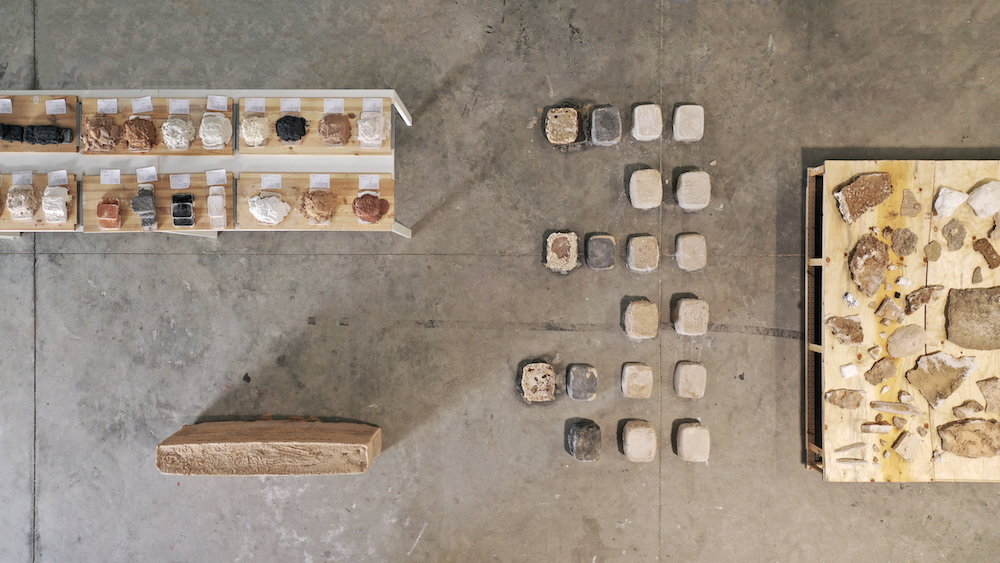
Image courtesy of National Pavilion UAE – La Biennale di Venezia and waiwai Photography by Sahil Abdul Latheef
Despite the global health, social and economic implications resulting from the coronavirus pandemic, the art and design market is proving to remain resilient since it was last challenged in the 2008 recession. We find ourselves more thrilled than ever and looking forward to the upcoming La Biennale Architettura 2020 (Update from May 19th: reportedly now pushed to 2021) curated by architect Hashim Sarkis where he questions the social, political and spatial possibilities of this year’s theme, ‘How will we live together?’ While some responded by addressing topics about artificial intelligence, human resources, migration and immigration, Wael and Teramoto are focusing on the relationship between man and mother nature. The architects are not advocating for purely vernacular architecture, rather attempting to positively challenge the modernity of our global dependence on concrete as a predominant building material. Embarking on a chemical venture in collaboration with world renowned institutions across Japan and the UAE, including teams from New York University – Abu Dhabi, the American University of Sharjah and the University of Tokyo (UTokyo), Wael and Teramoto are exploring the possibility of developing a new sustainable cement, potentially even from a desalination byproduct.

Image courtesy of National Pavilion UAE – La Biennale di Venezia and waiwai Photography by Dina Al Khatib

Image courtesy of National Pavilion UAE – La Biennale di Venezia and waiwai Photography by Dina Al Khatib
The architects investigated the geography and geology of the UAE, in search of a potential alternative to limestone, and came across the sabkha, or naturally crystallized slabs (salt flats in which saline minerals accumulate) which account for more than five per cent of the UAE’s land mass and stretch along the country’s Gulf coast. In parallel, the architects also investigated a completely different energy-consuming process which emits a large amount of carbon emissions in the UAE: Desalination. The byproduct of desalination, which is primarily salt, is dumped back into the sea, which causes an imbalance to the marine ecosystems. In collaboration with NYU Abu Dhabi’s AMBER Lab, the architects are researching the possibility of extracting Magnesium Oxide (MgO), which is another byproduct of desalination, and using this material to replace limestone in cement production, tackling two global issues instead of one.
“This research is beyond architecture. We approached two universities in the UAE and initiated conversations about the chemistry behind the whole process.” Wael
In light of this pandemic, Wael and Kenichi encourage all to recognize how truly abundant we are, continuously practice gratitude and reflect upon what is truly essential.
“To answer Hashim Sarkis’s question now is totally different from when we answered it a year ago. It’s no longer about our relationship with artificial intelligence, immigration and migration or the planet. It is now about our relationship with one-another. As architects we advocate the act of designing to bring people together and break boundaries. Today, we are asked to practice social distancing and in order to fight the virus, we’ll have to adapt and change the way we think and live, the way we look at architecture and space and to build on that reminds us all of our vulnerability as organisms. Robots catch viruses, computers catch viruses, they crash and die, and this is a wakeup call that we don’t dominate the planet, it’s time to realize we’re just as vulnerable.”
For Press Inquiries:
Brunswick Arts
+971 (0) 2 234 4600
+44 (0) 207 936 1290
To join the conversation visit nationalpavilionuae.org, follow National Pavilion UAE on Facebook | Instagram | Twitter and use the hashtag #UAEinVenice
Notes to Editors:
National Pavilion UAE la Biennale di Venezia
Through participation at La Biennale di Venezia (Venice Biennale), the National Pavilion United Arab Emirates – La Biennale di Venezia (NPUAE) supports the arts and architectural practices of the UAE on an international platform, and promotes a cultural dialogue between the UAE and the international community.
The UAE’s participation at La Biennale di Venezia commenced in 2009 with a national pavilion at the 53rd International Art Exhibition, and has continued in subsequent editions of the art exhibition. It is currently participating for the fourth time in the International Architecture Exhibition, which runs until November 19, 2020.
The National Pavilion UAE also organizes the Venice Internship, offering opportunities to young residents of the UAE through a one-month internship on site in Venice acting as custodians and docents of the National Pavilion. Rotated on a monthly basis throughout the six months of the biennale, the different intern groups oversee the daily operations of the exhibition and participate in an educational program, run in partnership with Ca’ Foscari University and other cultural institutions in the UAE and Venice.
The National Pavilion UAE – La Biennale di Venezia is commissioned by the Salama bint Hamdan Al Nahyan Foundation, and supported by the UAE Ministry of Culture and Knowledge Development.
Commissioner: The Salama bint Hamdan Al Nahyan Foundation
The Salama bint Hamdan Al Nahyan Foundation (SHF) is a private not-for-profit foundation committed to the cultivation of a more creative, connected and thriving UAE community. Based in Abu Dhabi, SHF oversees a diverse portfolio of not-for-profit programs and initiatives spanning the arts, culture, heritage, human development and early childhood development in the UAE and internationally. Underpinning SHF’s activities is a common ambition to invest in the knowledge and capabilities of the UAE people in order to support them to unlock their full potential.
Supporter: Ministry of Culture and Knowledge Development
The Ministry of Culture and Knowledge Development is a leading governmental authority focused on setting the UAE’s cultural agenda and nurturing creative talent. The Ministry’s objective is to preserve the UAE’s national identity and promote its position on the global cultural map through innovative and creative development of the UAE’s cultural sector. This objective falls in line with the strategic objective and goals of the UAE Vision 2021, which charts the next stage in the country’s journey with a focus on preserving its rich heritage, sharing knowledge, and innovating.
Given their role in supporting economic development, the Ministry is dedicated to championing, cultivating and supporting the UAE’s creative industries. These encompass disciplines as diverse as cultural intangible heritage, cultural tangible heritage, literature, visual arts, performing arts, design, audiovisual media and digital innovation.
The Ministry works with several entities including the federal and local governments, the private sector, civil society organizations, and media institutions to protect the country’s cultural heritage and cultural issues.
For more information, please visit https://mckd.gov.ae
About waiwai design
waiwai is an award-winning multidisciplinary architecture, landscape, graphic and urban design studio with offices in Dubai and Tokyo.
Known for addressing the social, environmental, economical and technological aspects of architectural projects, the firm has worked on prominent cultural institutions including Dubai’s Jameel Arts Centre, Jaddaf waterfront sculpture park, Al Warqa’a mosque, Hai d3 and Jeddah’s Hayy: Creative Hub.
Formerly known as ibda design (‘start’ in Arabic), in 2019 the firm was renamed waiwai – a Japanese onomatopoeia which refers to the sound of a cheering crowd – to mark its 10-year anniversary.
Dubai and Tokyo each foster multicultural diversity, and the range of cultural backgrounds in the waiwai team inspires communication through a clear, simple and deliberate approach to architecture. The principals of waiwai’s Dubai office, Wael Al Awar (Lebanon) and Kenichi Teramoto (Japan), have unique stories that first led them away from their home countries, then later to collaborate in Dubai. They share an ability to observe a city up-close and intimately, yet also from afar, with the attentive eye of an outsider.
Their projects layer their individual design sensibilities into an architecture of natural light, time, structure and landscape. By aligning with natural phenomena, waiwai seeks to create an architecture that is more than man-made fabrication, but instead remains open to adaptation and appropriation. The spaces that emerge from this approach are site-specific provocations that encourage unexpected experiences, activities and behaviors.
Wael Al Awar founded waiwai in 2009 after moving back to the Middle East from Tokyo. With interests in natural phenomena, landscape and formless diagrams of relations, Wael has a multi-disciplinary approach to design and is always looking to challenge conventional processes to push the boundaries of design.
Kenichi Teramoto joined waiwai as a principal architect and partner in 2012. Teramoto’s working experiences have trained him to develop an understanding of culture, geography and materiality. His approach to design is multi-disciplinary, and he has a deep interest in natural phenomena and structure. He is always re-questioning the design approach with the aim of delivering a distinctive design.
They share extensive experience in designing projects of various scales and programs, including art centers and parks, school and university campuses, mixed-use developments, private villas and mosques.
waiwai was named among the top 17 architects and top 50 influential designers of the year by Nikkei Magazine in 2019; recognized by Architectural Record’s annual Design Vanguard issue as one of the top 10 emerging firms in the world in 2018; and included in Architectural Digest’s top 50 offices in the Middle East in 2017.
About Wael Al Awar
Wael Al Awar founded waiwai design (formerly ibda design) in 2009 after moving back to the Middle East from Tokyo. He has extensive experience in designing projects of various scales and programs, including art centres and parks, school and university campuses, mixed-use developments, private villas and mosques.
With interests in natural phenomena, landscape and formless diagrams of relations, Wael has a multi-disciplinary approach to design and is always looking to challenge conventional processes to push the boundaries of design.
Wael has worked in the Middle East, the West and for several years in Tokyo, working with renowned Japanese architects. He has developed a strong cultural understanding and geographical sensitivity to different project contexts, and offers the perspective of a permanent outsider working with no geographical boundaries.
Wael holds a B.Arch from the American University of Beirut, Lebanon.
About Kenichi Teramoto
Kenichi Teramoto joined waiwai design (formerly ibda design) as a principal architect and partner to Wael Al Awar in 2012.
Previously, Teramoto worked with renowned architects in Tokyo and Rotterdam, on local and international projects, building an extensive design experience in both Asia and Europe. His architectural design proficiency includes a diverse range of projects including art centres and parks, school and university campuses, mixed-use developments, private villas and mosques.
Teramoto’s working experiences have trained him to develop an understanding of culture, geography and materiality. His approach to design is multi-disciplinary, and he has a deep interest in natural phenomena and structure. He is always re-questioning the design approach with the aim of delivering a distinctive design.
Teramoto holds a M.Arch from Tokyo University of Science, Japan.
[Notes to Editors]
[Additional Information]
Portland cement is the most common type of globally used cement; it is created by heating limestone (CaCO3) with other materials (such as clay) to 1,450 °C in a kiln, in a ‘calcination’ process that forms calcium oxide (CaO), or quicklime, releasing an enormous amount of carbon dioxide (CO2), which then chemically combines with the other materials in the mix to form calcium silicates and other cementitious compounds. The resulting hard substance, called ‘clinker’, is then ground with a small amount of gypsum into a powder to make ordinary Portland cement. In short, limestone (CaCO3) + heat = CaO (quicklime to create cement) + CO2 (carbon emissions from this chemical conversion).
How is concrete made? A mixture of water, sand, gravel, and a hydraulic binding material called cement, which hardens with water, and ties the aggregate materials together, curing and creating concrete. Considering all the stages of production, it is believed that concrete is responsible for 8% of the world’s CO2 emissions, where coal, oil and gas are the only other materials that are of a greater source of greenhouse gases. More importantly, 50% of the CO2 emissions are said to be created during the clinker manufacturing process, which is the most energy-intensive part of creating cement.
Cover Picture/Wael Alawar and Kenichi Teramoto, Image courtesy of National Pavilion UAE – La Biennale di Venezia
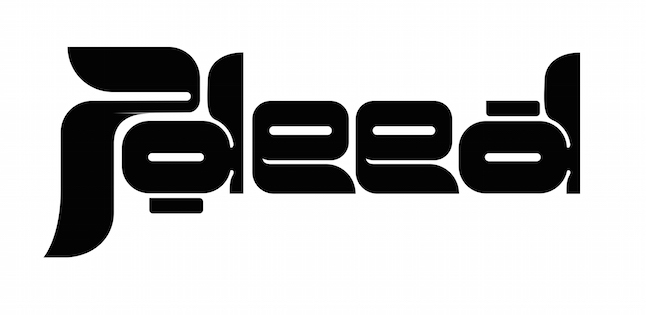
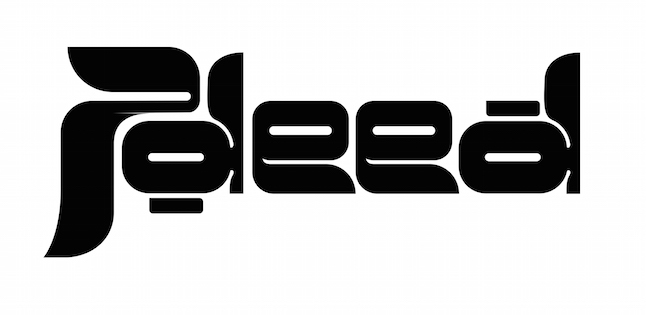
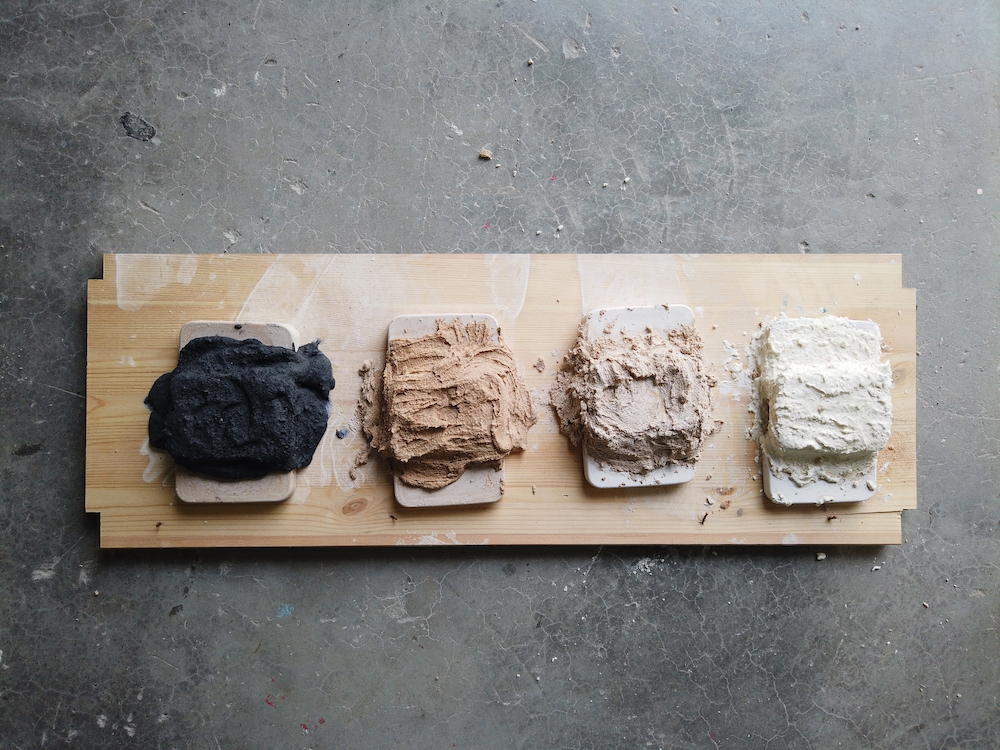

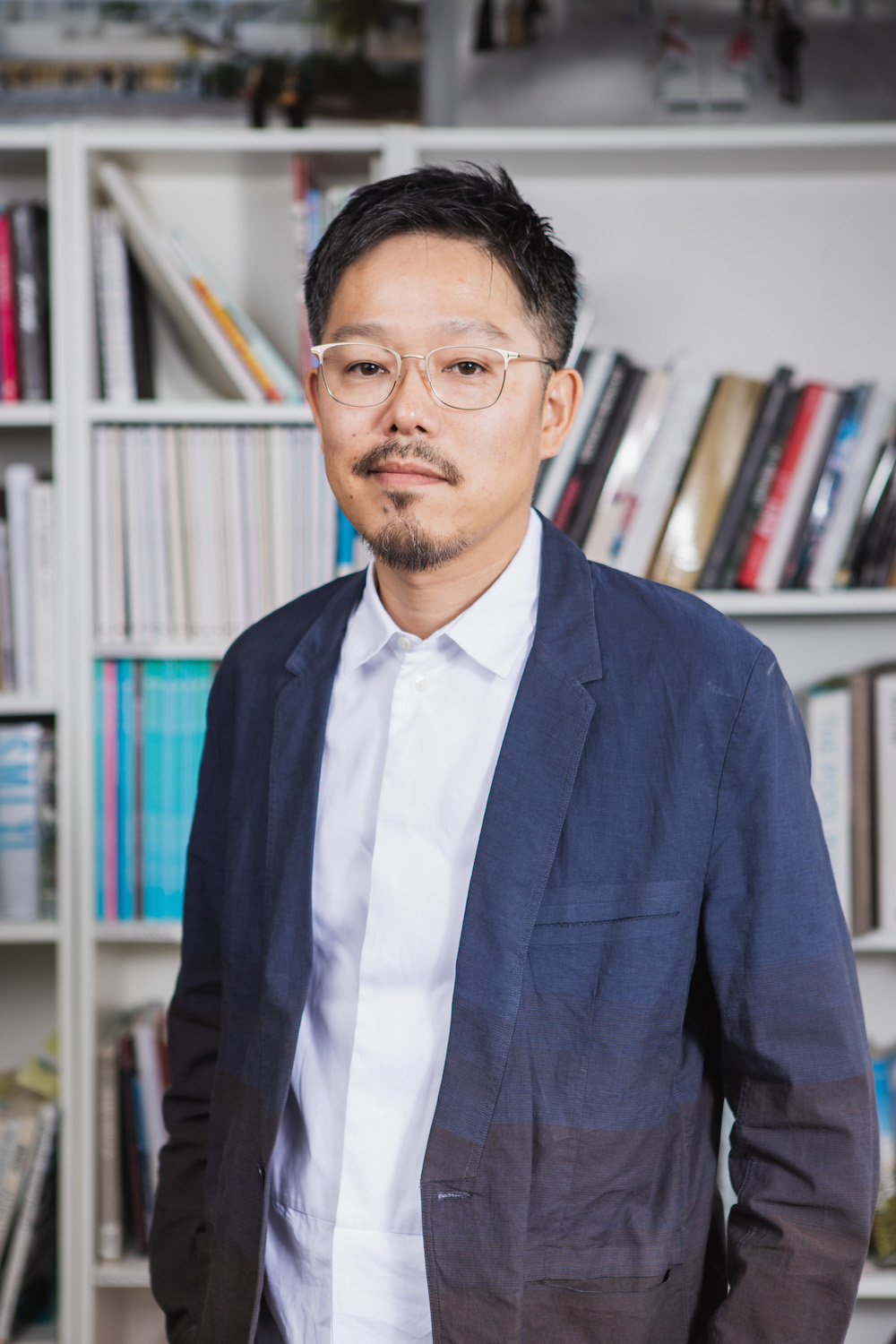

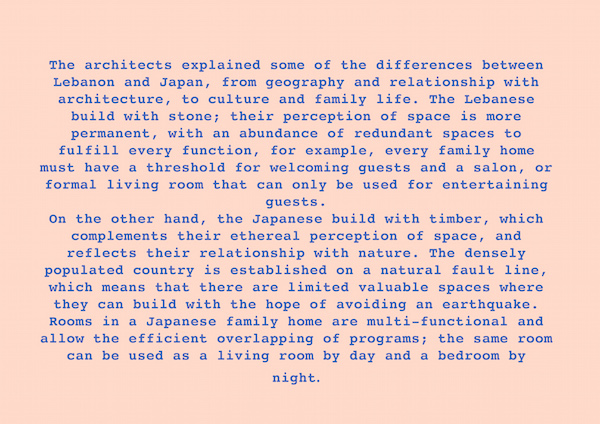



0 comments